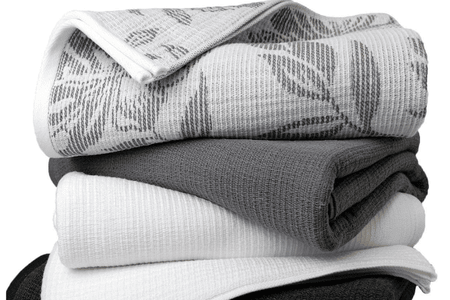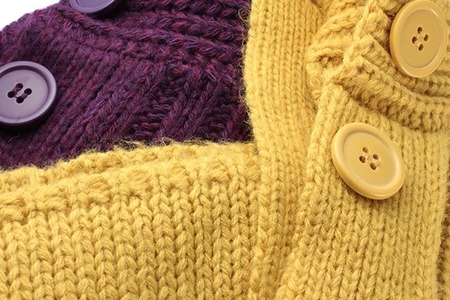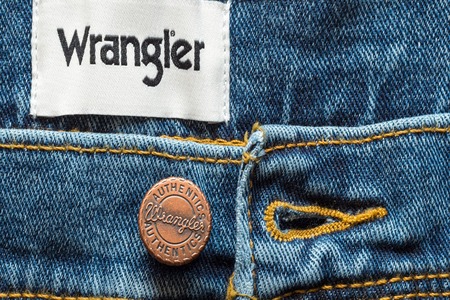Tboli weaving making a comeback as it takes center stage at National Museum in Manila
YarnsandFibers News Bureau 2014-11-24 12:00:00 – South CotabatoSouth Cotabato’s T'nalak weaving is an art form perfected over decades of practice by T'boli women, and only a handful of master weavers can be considered true 'dream weavers', the works of whom are highly valued. T’nalak weaving craft was the spotlight at the National Museum this weekend.
Tboli Dreamweavers from Lake Sebu, South Cotabato were all set to showcase their T’nalak weaving craft at the National Museum’s Hibla ng Lahing Filipino gallery For the T’bolis of Lake Sebu, weaving, embroidery, beadwork and belt-making are important skills in keeping traditions alive because every item they make is an important part of their life, said Senator Legarda, patron of the Hibla ng Lahing Filipino, the country’s first permanent textile gallery.
T’nalak, the traditional cloth of Tbolis, is handwomen from strands of dyed abaca. It is one of the best known cultural products of the Philippines. T'nalak production is a labour intensive process requiring a knowledge of a range of skills learned from a young age by the women of the tribe.
First, abaca fiber is stripped from the abaca tree, cleaned, dried and separated into strands. These strands are then carefully selected, hand tied and rolled into balls. Natural vegetable dyes produced by the T'boli weavers themselves are used to stain these hand spun abaca fibers . The T'nalak is then woven, usually in tones of red, brown and black, with the end product requiring months of work to produce a single, unique weaving.
It plays important role milestones of the indigenous people’s lives such as birth, marriage, birth and others.
Tboli women reportedly design the cloth cloth from patterns inspired by dreams, thus, the moniker Dreamweaver.
Legarda encouraged Filipinos to visit the museum for the weaving demonstration as it was an golden opportunity for citizens to interact with these weavers.
The weekly weaving demonstrations at the Hibla gallery are part of the Lecture Series on Philippine Traditional Textiles and Indigenous Knowledge, which Legarda, in partnership with the National Museum, initiated since 2012 to perpetuate weaving and indigenous knowledge.
The demonstrators include the Ifugao weavers from Kiangan; the Kalinga weavers from Mabilong Weaving Center of Buscalan; weavers from Samoki, Mountain Province; sinamay weavers from Arevalo, Iloilo; the Panay Bukidnons who showed their panubok embroidery; patadyong weavers from the Bagtason Loom Weavers Association in Bugasong, Antique; weavers from the Yakan Village in Zamboanga City; and Mandaya weavers from Caraga, Davao Oriental.
The weaving was demonstrations on Saturdays and Sundays, (November 22-23) from 1:30 to 4:30 p.m. at the Hibla gallery, located at the 4th Floor of the Museum of the Filipino People, Finance Road, Manila.
Market Intelligence
Ask for free sample Report

experience
Customer Base
dedicated team
Countries Served Worldwide









